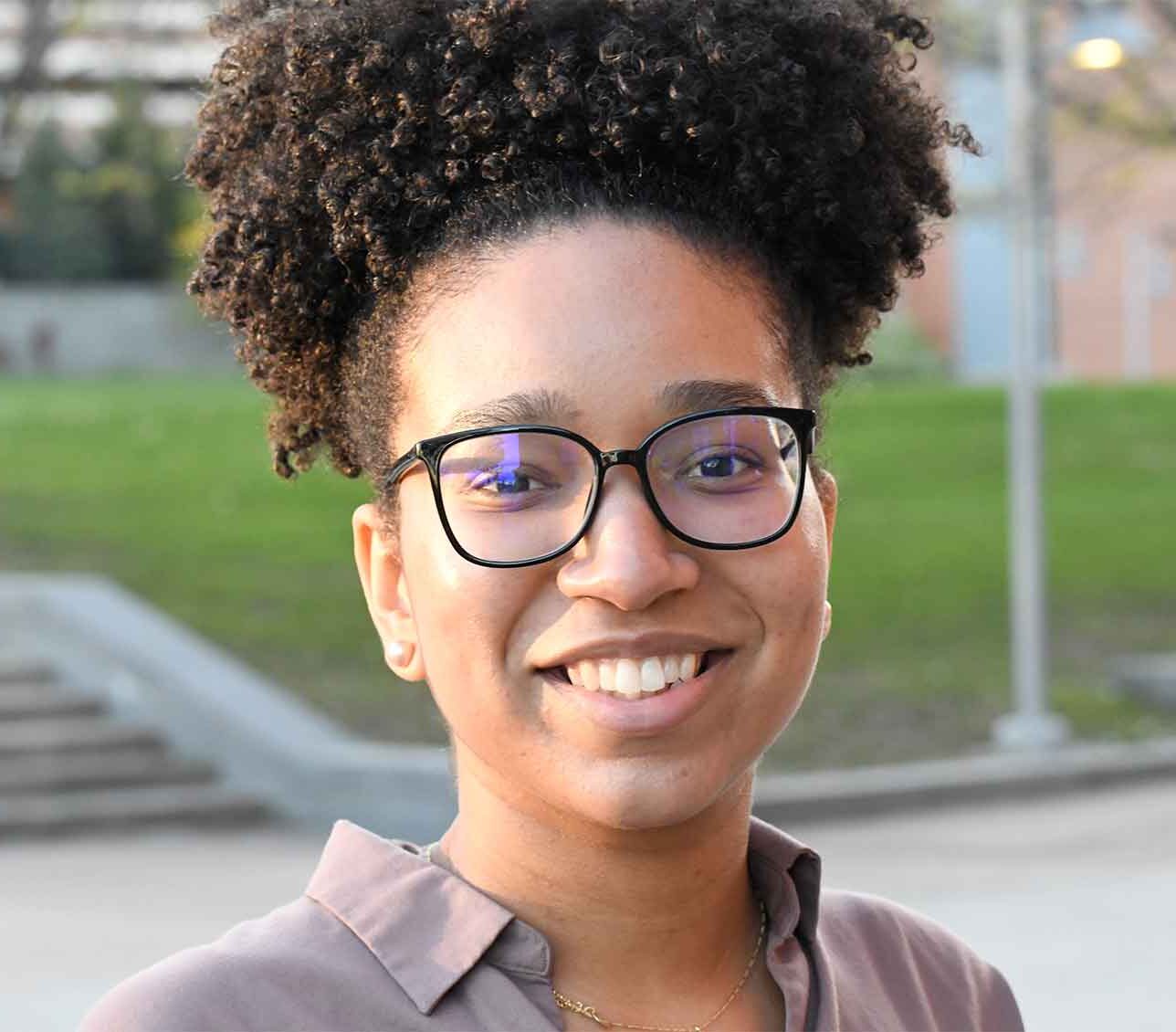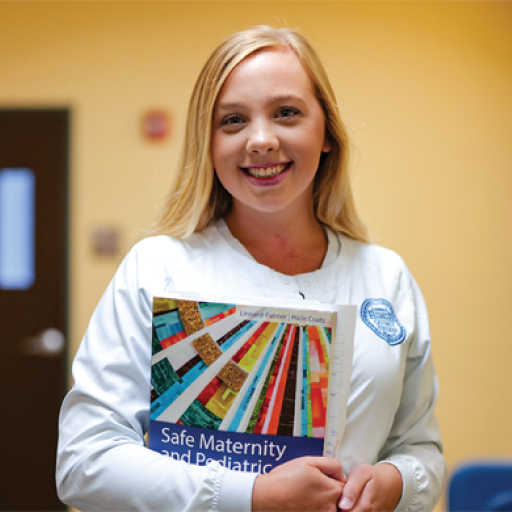Fine Arts: Visual Arts
Overview
The focus of the Liberal Arts Program is to provide the student with a breadth of program offerings in a chosen field of study. Liberal Arts students may focus their program in the following concentration areas: Behavioral Science, English, History/Government, Humanities, Psychology, Social Science, or Sociology. All concentration electives must be selected in the chosen area of study.
Program Outcomes
At the completion of this program, the student should be able to:
- Think critically
- Think quantitatively
- Communicate effectively
- Use logic to acquire, assess, and integrate new information.
- Explain the nature and societal implications of global relationships among diverse cultures.
- Apply ethical criteria to a variety of intellectual, social, and personal situations.
- Apply aesthetic criteria to a variety of intellectual, natural, artistic, and social phenomena.
- Demonstrate a broad theoretical and practical knowledge of one field of study from among the liberal arts and science concentrations.
Academic Division of Liberal Arts
Fine Arts: Visual Arts Courses
-
Code
Course
Credits
-
- ART 101
Basic Drawing
- 3
-
- ART 102
Advanced Drawing
- 3
-
- ART 103
Line, Color & Design
- 3
-
- ART 115
Basic Painting
- 3
-
- ART 116
Advanced Painting
- 3
-
- ART 119
Photography I
- 3
-
- ART 120
Photography II-Photojournalism
- 3
-
- ART 201
Survey of Fine Arts I
- 3
-
- ART 202
Survey of Fine Arts II
- 3
-
- ART 229
American Film
- 3

View Current Semester Courses>>
Start your education at Quincy College this fall. Our online and blended curriculum makes it easy for you to stay safe and earn your degree!
You might also be interested in...
-

Business Administration
The Quincy College Business Program | This program is designed to assist students who anticipate transferring to Baccalaureate Degree-granting institu
-

Courses
View the current course schedule. Quincy College offers the programs you want, the flexibility you need and the price that makes it all possible.
